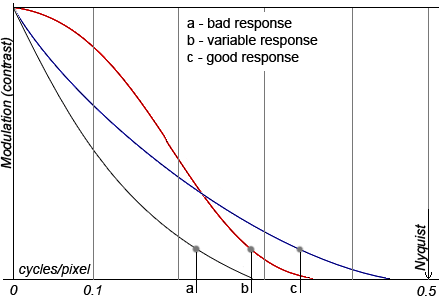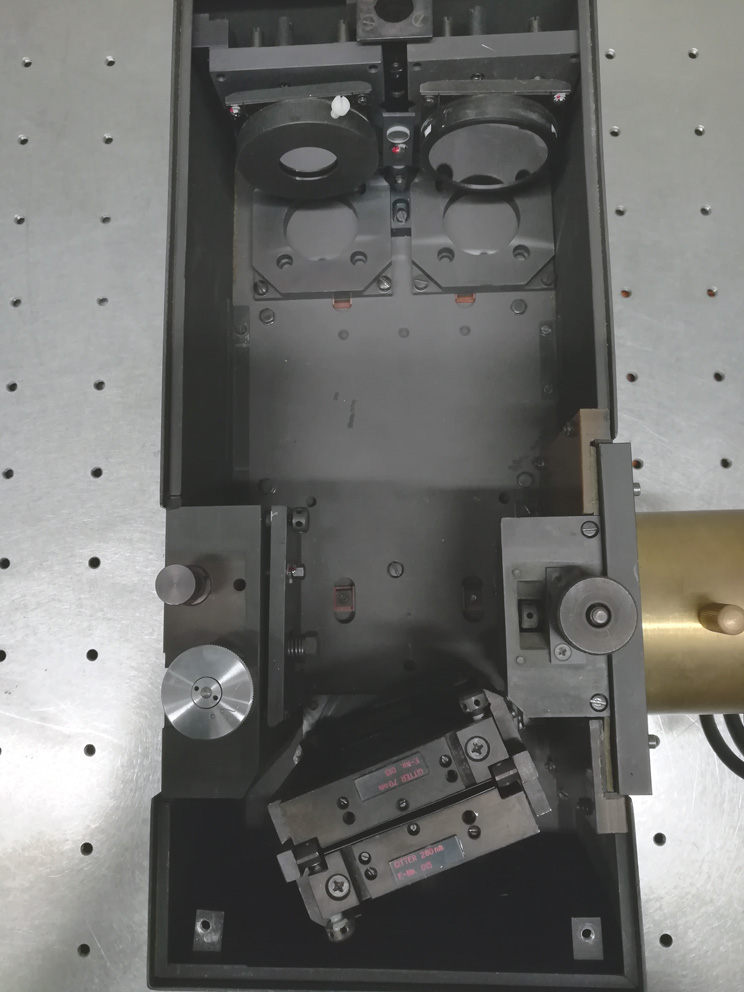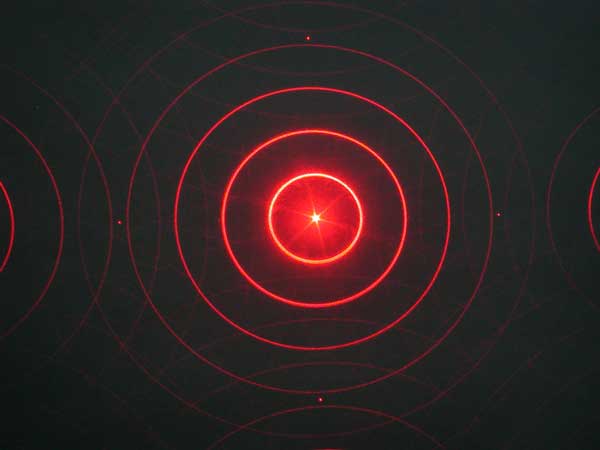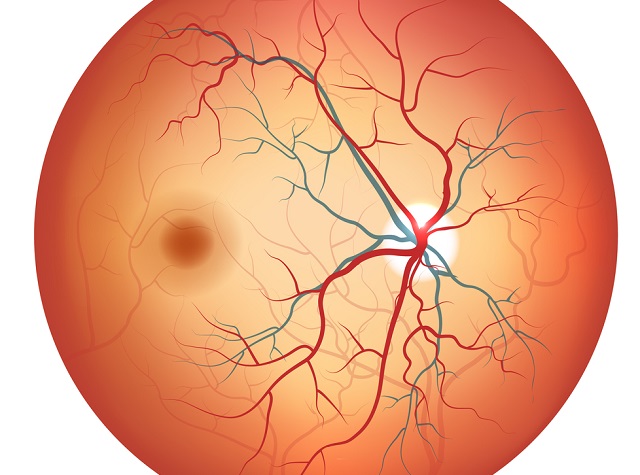Offered projects for students
Current RnD (FuE) projects for students of bachelor and master programs. Typically these projects are embedded in strategic developments of the lab or research plans. Depending on the outcome, such projects may be a starting point for later bachelor and master theses.
1 Optics Performance Studies
 |
The modulation transfer function (MTF) provides a quantitative description of the performance of optical systems. Different objectives can be compared and is of great importance in the design of high resolution imaging systems. Within this work, the MTF should be measured for different lenses/objectives with two experimental methods. Results should be compared and if necessary, set-ups should be optimised for obtaining similar results. Both set-ups are already working and extensive documentation is available. |
2 Tuneable light source
 |
The goal of this project is to set-up a multi-purpose tuneable light source for UV, VIS and NIR range. It employs aquartz tungsten halogen (QTH) or Xe arc lamp as a broad-band light source and a monochromator to extract small bandwidth wavelength regions. Tasks include transformation of the existing czerny turner spectrograph, light coupling in and out of the monochromator as well as wavelength calibration using a known line spectrum.
Application of the source include analytical spectroscopy, quantum efficiency and spectral responsivity measurements as well as imaging experiments. |
3 Dynamic Optics with SLMs
 |
Spatial Light modulators (SLMs) are based on liquid crystal microdisplays, they can modulate light spatially in amplitude and phase. In this way they can function as dynamical optical elements. The optical function to be realized can directly be transfered to the display from a computer system. Applications include Beam Splitting, Laser beam shaping, wavefront modulation, phase shifting, digital holography and optical tweezers. The task is to set-up an existing SLM from holoeye based on their hard- and software system. |
4 AI based Retina Image Processing
 |
In order to automatically train AI (artificial intelligence) deep neural networks to detect diseases in images of the retina, labeled training images are required. One task involves manual processing of training images, there is no special knowledge required.
For other students familiar with higher level python programming may join to work on convolutional neural networks for retina image analysis. |






